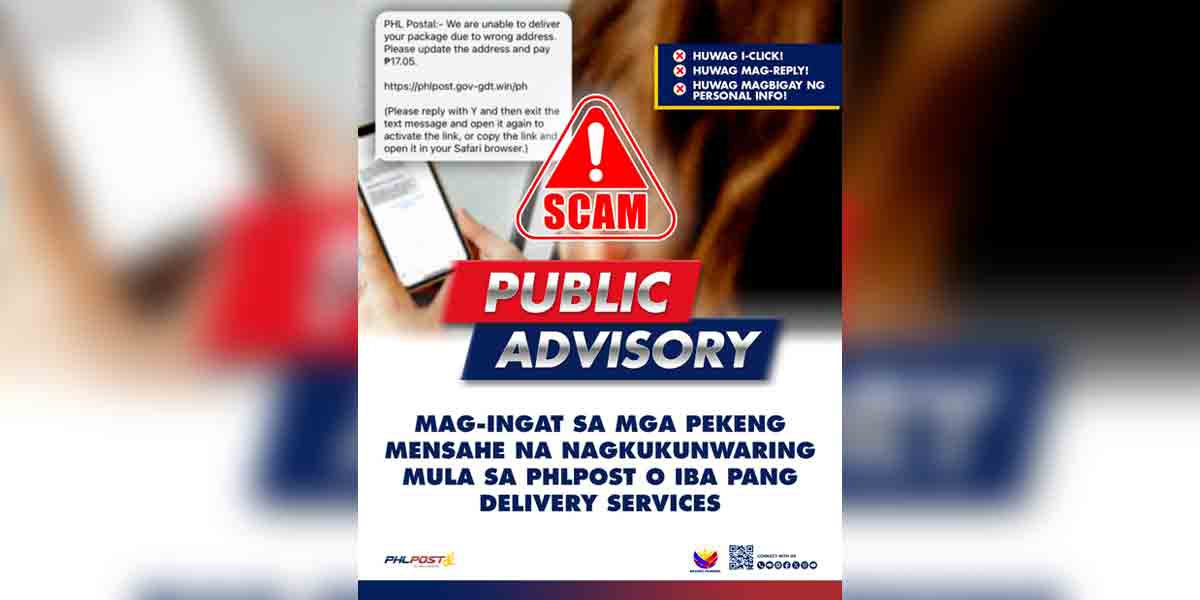 By: Edgar Mana-ay
By: Edgar Mana-ay
In my first article, I have stated emphatically that the Hydrologic Cycle tells us that the water is still there since we cannot destroy it, but because we are not good water managers, we have transformed it from usable to unusable state.
Here in Iloilo for the past 50 years, we are experiencing the same water shortage every time there is a prolonged dry season or El Nino.
It is said that experience is not what happened to man; it is what a man does with what happened to him, and as far as the experience on water shortage is concerned, MIWD and the government have done nothing to solve it.
It is really about time that we seriously address the water shortage in Metro Iloilo by using science in our approach and by learning from other cities on how they were able to put infrastructures ahead of timeto prepare for an impending water shortage. Learning is not attained by chance; it must be sought with ardor and attended to with diligence. As we ponder on the water problem of Metro Iloilo, lets take a look at what other cities (NOT Metro Manila of course) are doing to sufficiently provide its constituents with sufficient water DESPITE the natural odds and impediments bestowed upon them.
The Las Vegas Valley Water District (LVVWD) in Las Vegas Nevada provides 2.3 million cubic meters per day (cmd) of water to 2.2 million people, half of whom are tourists whose water consumption is of course higher than the residents because tourists stay in hotels. Such water demand is a tall order to supply, considering that Vegas is located in the middle of the Mojave Desert where rainfall averages only at 0.35 inch/month compared to Iloilo annual rainfall average of 8 inches/month! How LVVWD manage to provide sufficient water to its consumers would be a very good object lesson for us Ilongos.
In normal season, Las Vegas gets 10% of its water from underground sources and this is increased to 25% during summer, the maximum sustainable withdrawal from underground that they have computed. Most of the hotels such as the famous and expensive Bellagio with its famous 100 ft. high water fountain; the Venetian with its replica of the Venice water canals and the budget ones like the Circus Circus that I can afford to stay have their own deep wells with processing plant and that lessens the burden on the water utility. Precisely this is what giant establishments in Iloilo City like SM City, Megaworld, Gaisano and others are doing, having their own deep wells and processing plant because MIWD cannot supply its potable water requirements. Their reverse osmosis processing plant can produce potable water at a cost lower than the commercial rate of MIWD.
In the new Ungka Pavia commercial strip, establishments such as Robinson and City Mall, which fully rely on its water supply contract with MIWD, have been augmenting inadequate water supply with tanker deliveries ever since they started operation. As we all know, water quality from truck deliveries is always prone to coli contamination. This adverse water situation has been brought to the attention of the Municipality and plans are being made to address the problem.
In Las Vegas, water is so scarce and precious that the water utility cannot afford to have leaks in their pipelines, hence the almost zero NRW (non-revenue water) as compared to MIWD which hovers at 40% water thrown away. LVVWD has installed almost 8,000 high tech leak detectors all throughout its pipeline, programmed to register anything that sounds like a leak. The city itself had passed laws on aggressive water conservation measures such as: low flow toilets and shower heads, offering financial incentives for the removal of lush lawns and replacing it with dessert landscaping (mostly stones) and this alone saves the city some 88,000 cmd more than enough to satisfy the metered customers of MIWD in Metro Iloilo!
Absence of an STP sewage treatment plant is the biggest violation of the franchise of MIWD for a long, long time. Until now MIWD have not installed a separate pipeline that will collect all sewage from its connected customers which of course will be charged a sewage fee. And this is the reason why even government entities like City Hall and Provincial Capitol discharges directly its raw sewage into the Iloilo river. If MIWD has an STP, then it can process all sewage collected from establishments, pump it in swamp areas (but alas we have no more swamp nor wet land in the city!) where nature can do the further cleansing before replenishing the underground water resource. In Las Vegas, all sewage is brought to an STP and the semi processed water is passed through the VEGAS WASH for further cleansing by nature, then returned to Lake Mead where the water system originated.
The Vegas Wash is a system of creeks and streams interconnecting wet and marshlands in the middle of the dessert (sounds strange but true) that later on converges and empties to Lake Mead via the Colorado river. Of the 2 million plus cmd water withdrawn from Lake Mead, about 400,000 cmd is returned via the STP and the Vegas Wash and maybe another half a million cmd recharges the underground water resource from infiltration in the Vegas Wash. This certainly is a substantial amount of re-cycled water in a dessert environment.
Iloilo is not Las Vegas and we have mother nature in our favor by showering us with abundant rainfall for our water supply. All we need is the sincerity, a little of brilliancy and the resolve from both the private and public sector to finally put an end to this perennial water supply problem. Are the Ilongos able to accept this challenge?




















